Military History: Examining the Elite Axis Waffen SS and Finnish Guerrillas
Military History: Examining the Elite Axis Waffen SS and Finnish Guerrillas
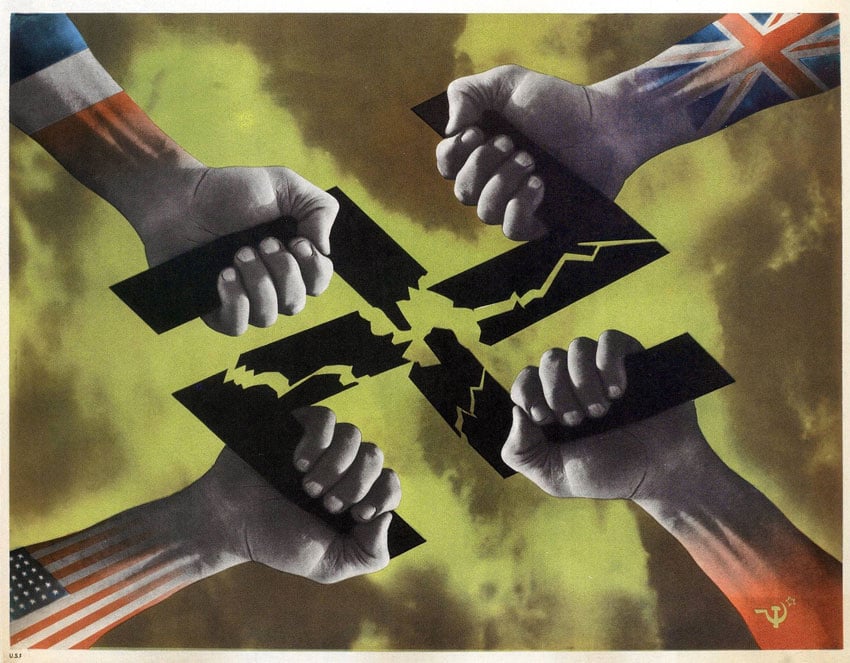
“If you know your enemies and know yourself, you will not be imperiled in a hundred battles.” – Sun Tzu, The Art of War
Faces of Evil
Although many countries fought in World War II, there were a few units that rose above others on the battlefield. Many of these units experienced slow starts in the early years of the war, but would later grow into the most formidable troops around. In this series about military history, I’ll discuss several units on both sides of the battlefield who shared similar ideologies, warrior culture and training tactics. They were also unique in their own ways, in that some were considered the quintessential soldiers and others were seen as outsiders. One commonality that they share is the mark they left on history, be it good or bad.
Waffen SS
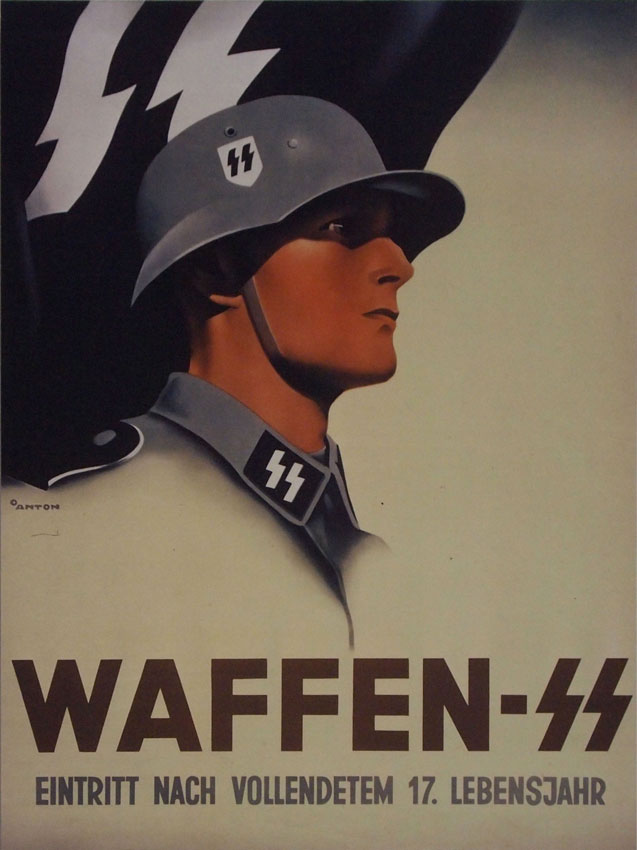 Perhaps the best known of the elite are the Waffen SS (Schutzstaffel). They’re seen as one of the most evil units in recent history and they were responsible for some of the worst atrocities of WWII. Please remember that the purpose of discussing such a group is to learn why they were so successful on the battlefield, not to justify the terrible actions that lead to them becoming heavily feared and loathed by the Allied forces.
Perhaps the best known of the elite are the Waffen SS (Schutzstaffel). They’re seen as one of the most evil units in recent history and they were responsible for some of the worst atrocities of WWII. Please remember that the purpose of discussing such a group is to learn why they were so successful on the battlefield, not to justify the terrible actions that lead to them becoming heavily feared and loathed by the Allied forces.
Hitler himself created the SS in 1929. His original intention was for the SS to be the Führer’s bodyguards and to balance the power that had been growing with the Sturmabteilung (SA). Eventually, the SA were dismantled and many of its former members requested membership in the SS. It wasn’t long before Hitler began to use his bodyguards as enforcers.
It wasn’t until 1939 that the SS were first used in combat. It became immediately obvious that they were ill suited and ill prepared for the job. The head of the SS at the time was Heinrich Himmler, who had been experiencing external pressure to recruit members from outside the military. This necessity carried with it both pros and cons. The pros were that people with less military background would be more likely to think unconventionally which could prove to be a tactical advantage over their enemies. Additionally, Himmler was able to recruit forces from the best of other Axis units, giving the SS greater diversity and top-notch personnel. Himmler also recruited from men working in the concentration camps. One could speculate that the men capable of the atrocities in the concentration camps could be beneficial in battle considering they had a certain “moral flexibility.”
Disappointing Beginnings
Recruitment limitations undoubtedly lead to benefits in the long run, but the negative impact of Himmler’s recruiting restraints were felt very severely in the early years of the combat employed SS. They were indeed fanatics of the fascist regime, but lacked certain qualities necessary to be effective on the battlefield. Their lack of formal military training meant that they were without a real military culture and were wildly undisciplined in their tactics.
When pitted against the German Army (Heer is what it was called), the conventional forces were often upset and even shocked with the tactics the SS would employ. This was bittersweet for the viewing leadership as it usually involved Banzai like suicidal attacks on the enemy and even calling artillery onto their own positions in order to kill their mock enemy. This, coupled with a poor performance in Poland, gave Himmler reason to take drastic steps to improve the standards of the SS. They were given top of the line camouflage and better training was implemented to increase their capability for strategic thinking.
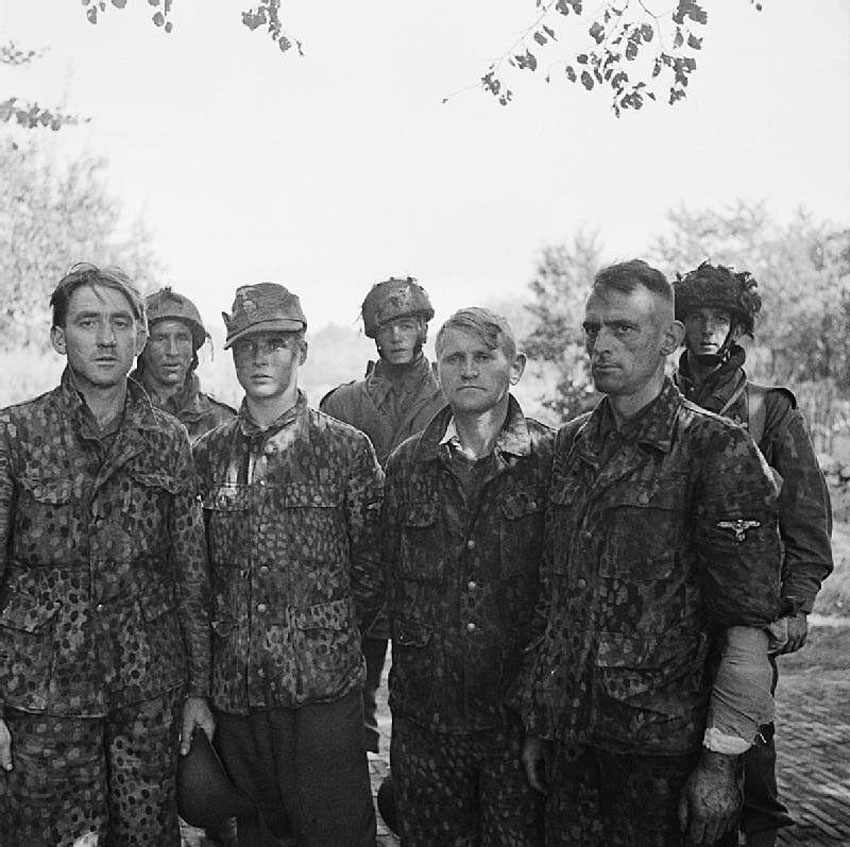
More importantly, combat experience was certainly provided, as they would become the most widely employed force of the German military machine. They were so successful for many reasons, the most of which was their fanatical ideologies that composed a foundation for proper military instruction to build on. This lead to a fighting spirit that would persevere in the face of certain death rather than surrender.
Battle Hardened
As the war raged on, the Waffen SS began to prove themselves in battle time and time again. It became clear that Himmler’s premier Arian fighting force had been realized. By 1944, the Waffen SS made up over one fourth of all armored divisions and one third of the mechanized division. As Richard Koethe wrote in The Waffen SS, “Wherever the situation was the most serious and the prospects of German recovery seemed least likely, there the elite divisions of the Waffen SS nearly always were found — in most instances mastering temporarily the crisis of the moment by vicious counterattacks that blunted the enemy offensive.”
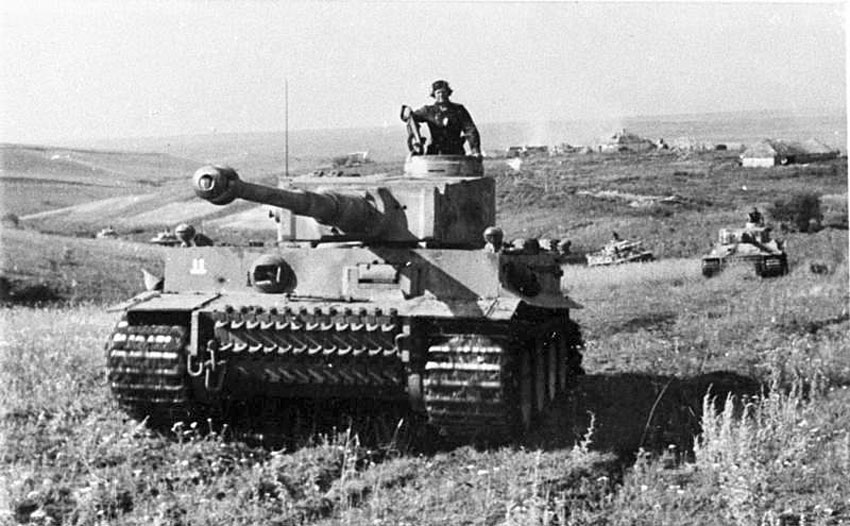
Photo © German Federal Archive
Much of their success can be attributed to the quality of their leadership. They fought well and remained loyal to the orders given to them despite poor odds. Waffen SS leadership was a challenging path to take. All recruits went through the same training, which was much different than other German forces. They were required to go through SS selection, which consisted of a rigorous physical training regiment, combined with political and racial superiority indoctrination programs. They also spent many hours a day in simulated combat training that was often brutal in nature. Richard Koeth said that “No allowance was made to prevent the possibility of training accidents.” Every night after dinner they were subjected to uniform and weapon inspections and were not given nightly leave until they passed. After completing this training, they were required to serve as regulars for two years before taking leadership roles. This produced a spirit of camaraderie and trust from subordinates unmatched by other units.
These Ain’t no Sissies
Although the Finnish military was often integrated into German units, including the Waffen SS, they also had an elite unit of their own. In 1939, the Finnish military created a guerrilla battalion known as the Sissi, a name that is ironic in the English language. As Philip Jowett wrote in Finland at War 1939-1945 “They were intended to act more like insurgents than troops, with freedom to attack Soviet targets of opportunity over a wide area. In reality, they were used to shore up gaps in the Finnish defenses and were obligated to try to perform the role of standard infantry battalions.”
The fact that their purpose was twofold, in that they were designed to be unconventional in nature, but were still used in regular combat roles, made them a diverse force to be reckoned with. They were recruited from within the ranks of the Finnish Army and thus had extensive winter warfare training.
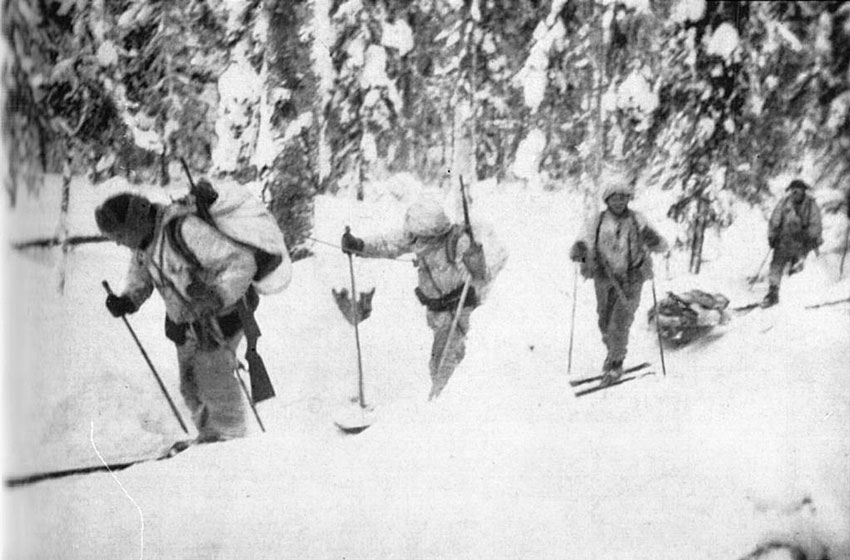
The Finns were known for their ability to fight on skis and were unmatched in the winter environment. They proved themselves in the Winter War where they showed their quality. Sissi battalions were often used in long-range reconnaissance missions designed for intelligence gathering from observation posts that would’ve been inaccessible to larger units. The idea behind a small group deployed behind enemy lines was that they could effectively disrupt supply depots and set up ambushes for supply movements.
After Germany attacked the USSR, Finland formed a fickle alliance with Germany and launched the Continuation War. During this stage in the war, Sissi units pushed deeper into occupied territories and were often required to operate without any hope of support. The purpose was to regain territory lost to the Soviets, but the Germans saw their potential and wanted more. They knew that the Sissi were unlike any other military unit, but the Finns refused to advance into Russia because they didn’t want to assume an aggressive posture. Despite this, perhaps the best soldiers in WWII were the Sissi. Equipped with skis, no soldier showed more self reliance or initiative. In fact, it’s conceivable that if Hitler had had 3,000,000 Sissis, the Russians would’ve been done for, as they would’ve had a two-front war of their own.”
Sources
- Koethe III, Richard D. “The Waffen SS.” Military Review 74, no. 2 (February 1994): 64.
- Jowett, Philip. “Finland at War.” Osprey Publishing (2006): 64.
Editor-in-Chief’s Note: Nick recently left the Navy after serving for 10 years as a Navy SEAL with multiple deployments, having been awarded the Bronze Star for operations in austere environments. Nick’s been with us since the beginning here at ITS on our Advisory Board.






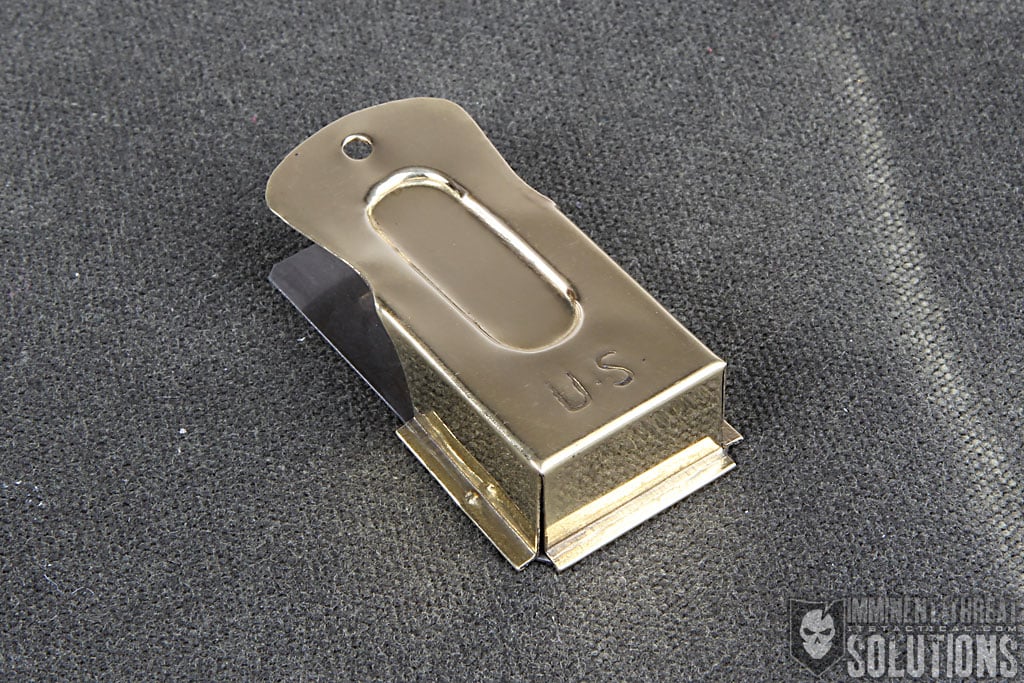

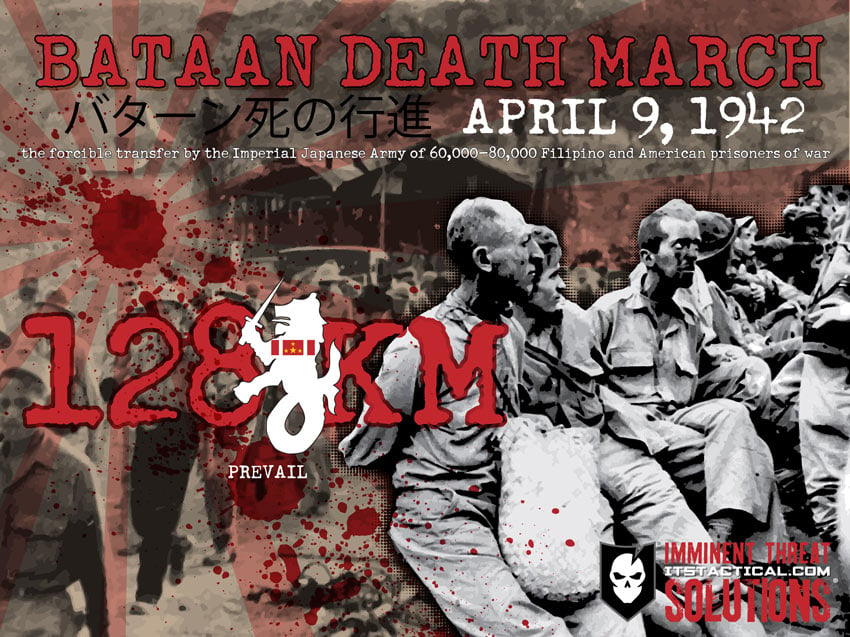


Discussion